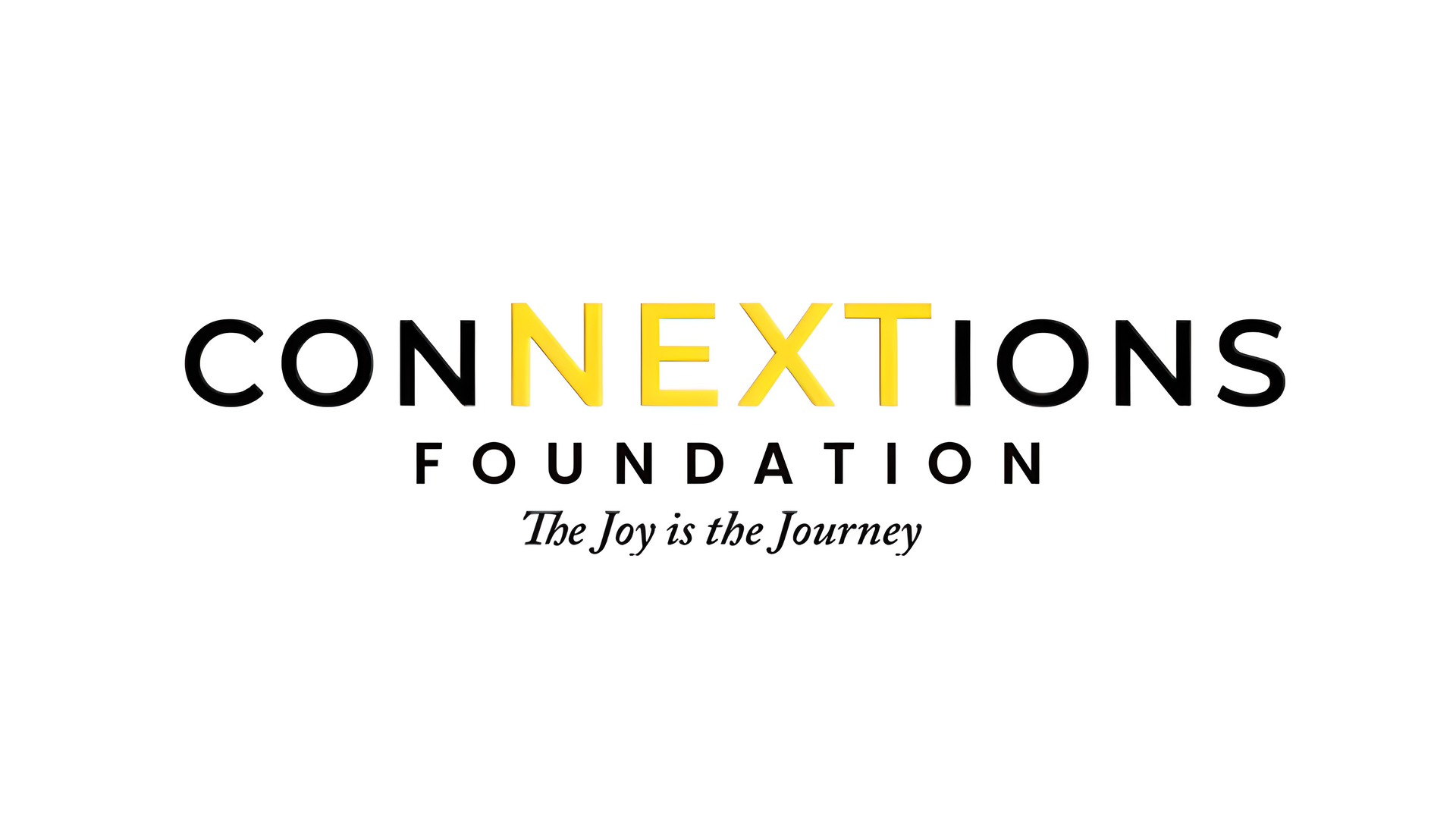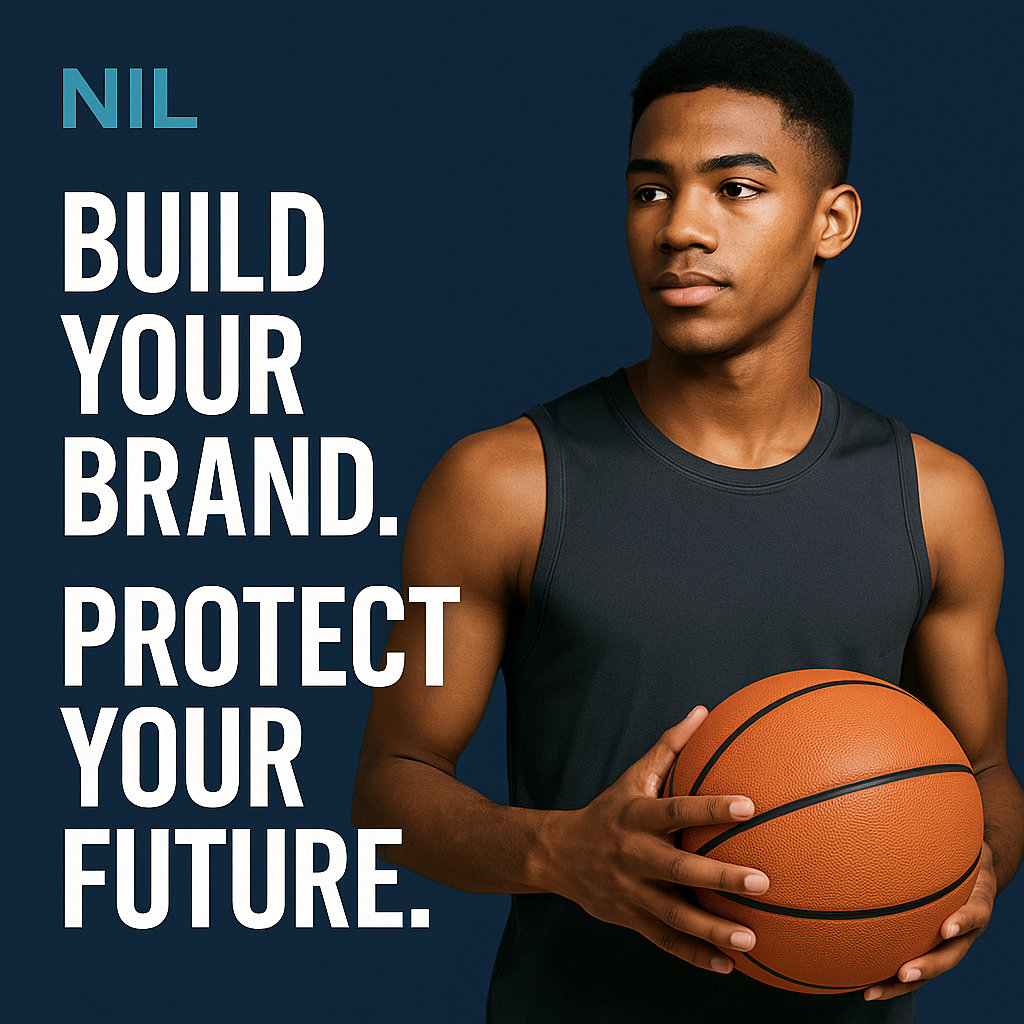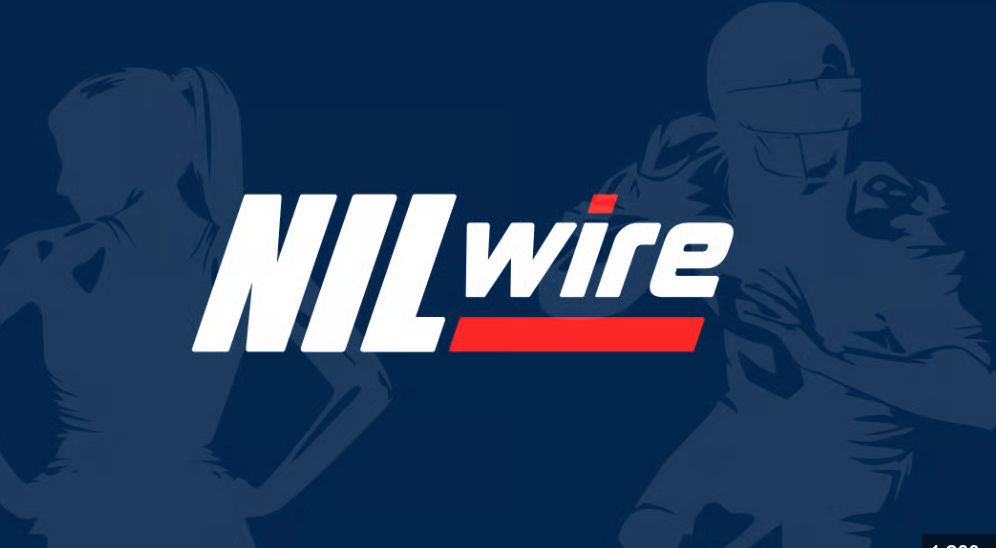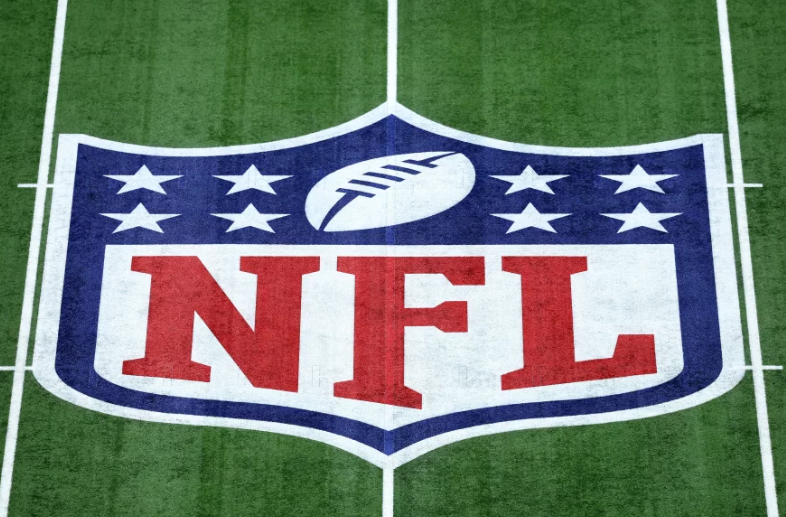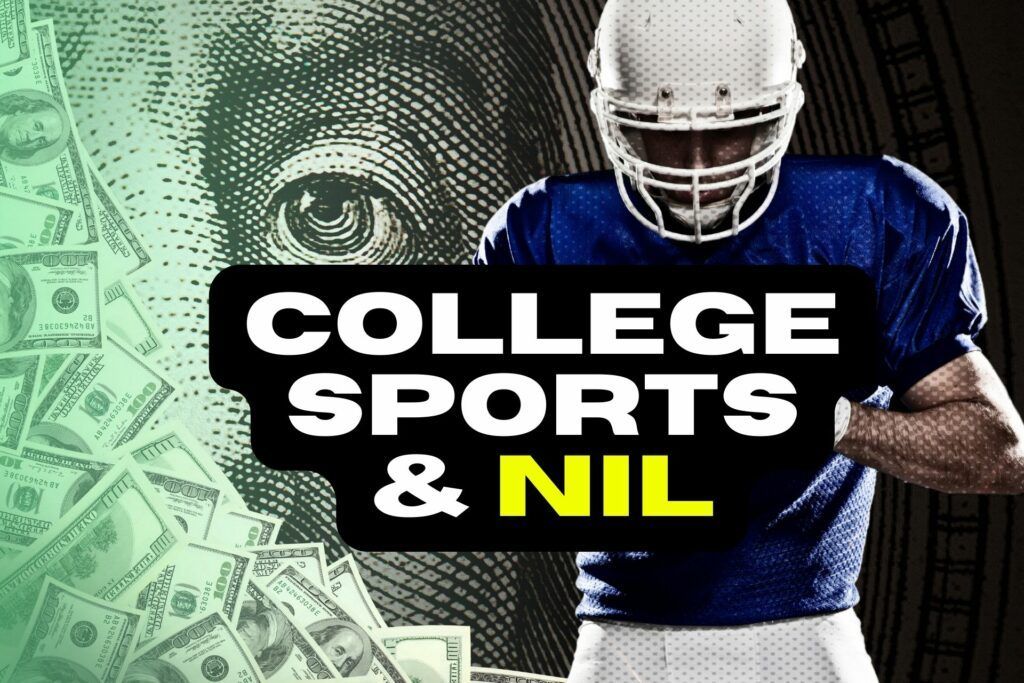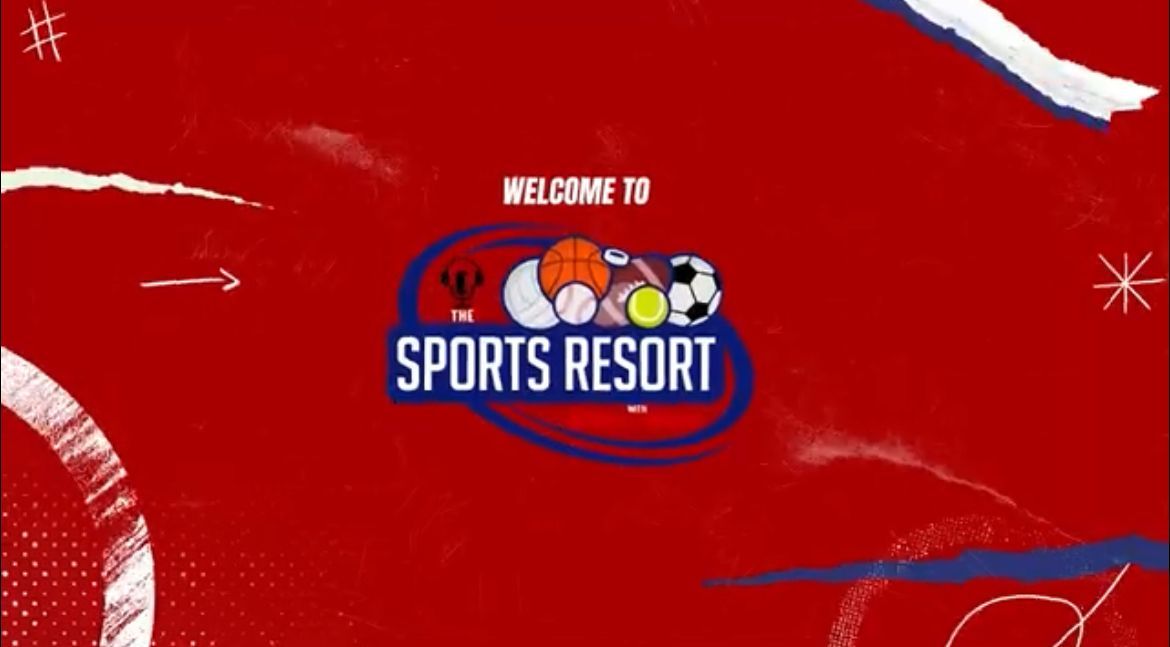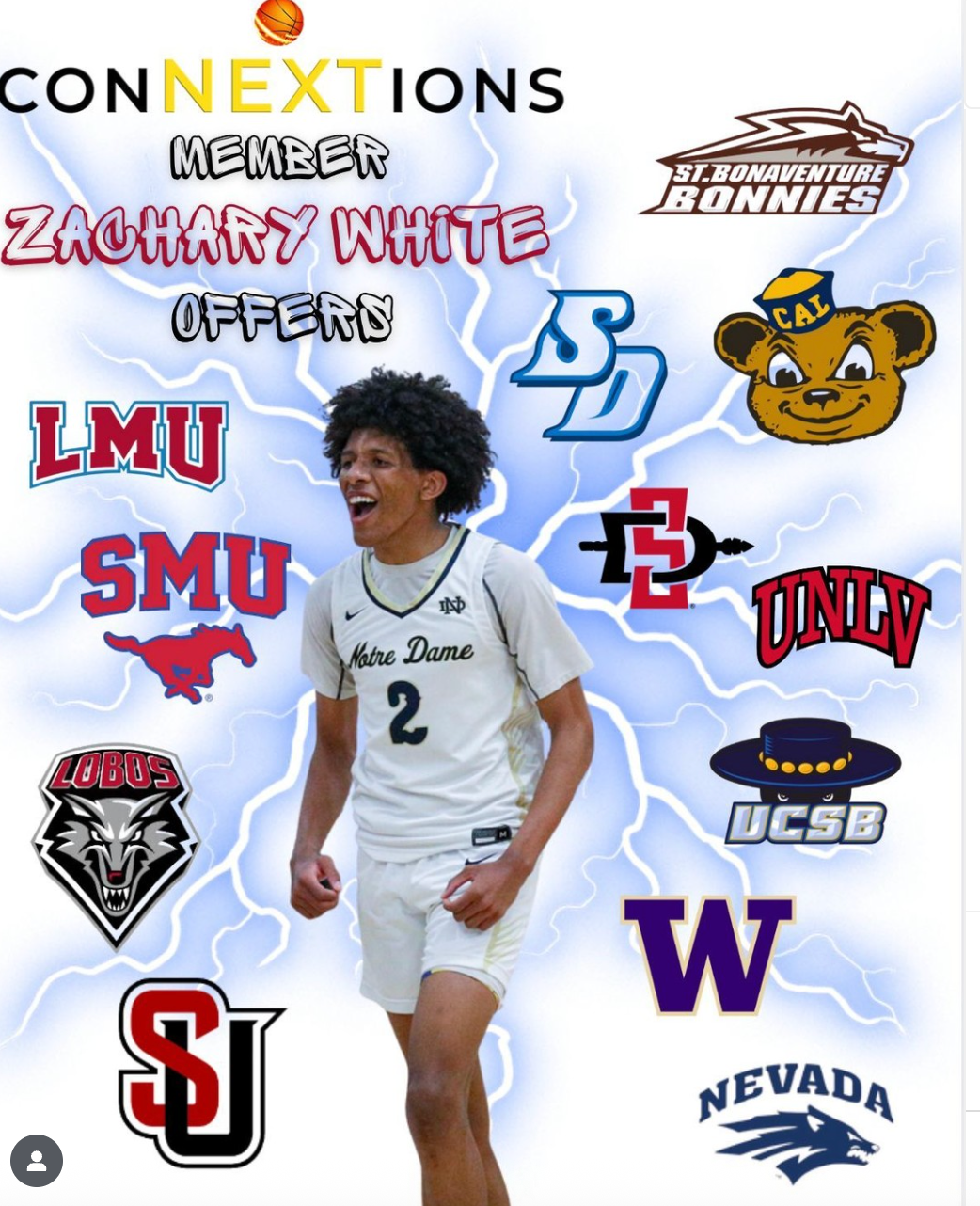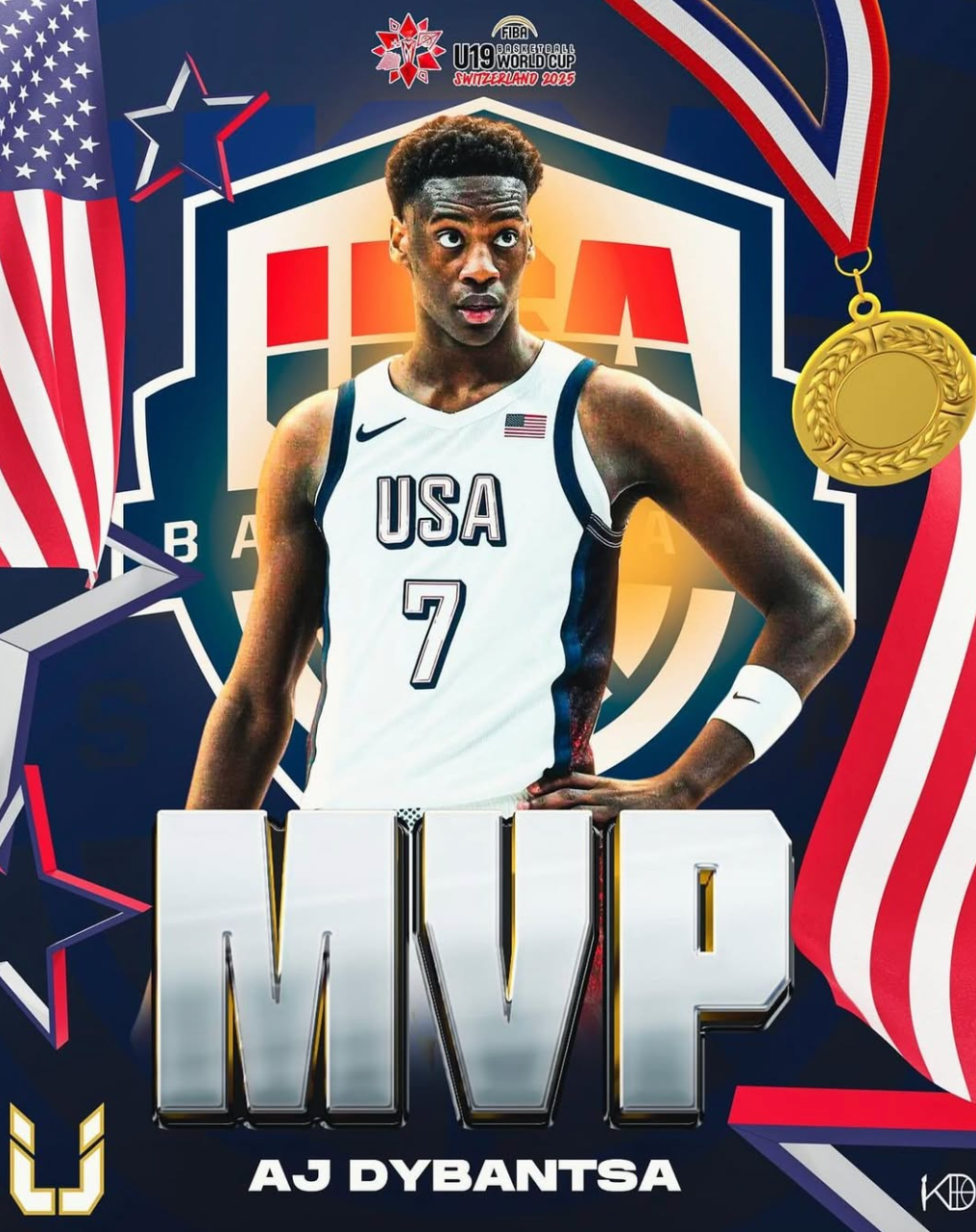The Evolution of College Basketball: NIL, Transfer Portal, and Professionalization
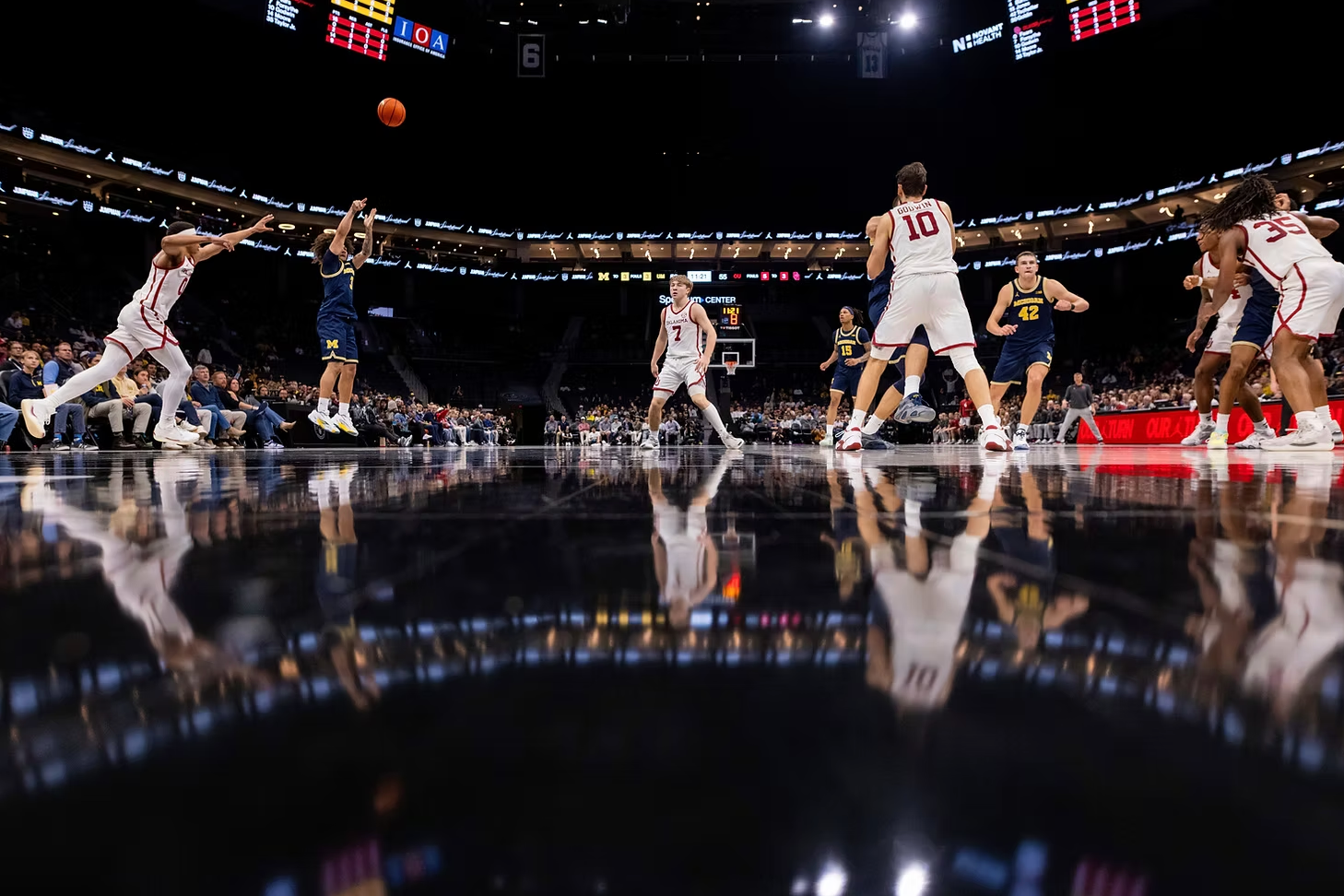
College basketball has undergone a seismic shift in recent years, fueled by the emergence of Name, Image, and Likeness (NIL) rights, the transfer portal, and the increasing professionalization of the sport. These developments have transformed the landscape of college athletics, creating both opportunities and challenges for student-athletes, universities, and fans alike.
The Impact of NIL on College Basketball
The introduction of NIL rights has allowed student-athletes to monetize their personal brand while still competing at the collegiate level. This shift has provided players with financial incentives that were previously inaccessible, leading to endorsements, sponsorship deals, and business ventures. While NIL deals have empowered athletes, they have also raised concerns about equity, as high-profile players at major programs often secure the most lucrative opportunities, leaving others with limited financial benefits.
The Rise of the Transfer Portal
The NCAA’s transfer portal has revolutionized player movement, enabling athletes to switch programs without the traditional requirement of sitting out a season. While this change has granted players greater flexibility and control over their careers, it has also resulted in increased roster instability. Coaches must now constantly adapt to shifting team dynamics, and programs must compete not only for high school recruits but also for experienced college players looking for better opportunities. The portal has created a new form of recruitment, akin to free agency in professional sports.
The Professionalization of College Basketball
With NIL and the transfer portal reshaping the game, college basketball is evolving into a more professionalized system. Elite prospects now have multiple pathways to the NBA, including the G League Ignite and international leagues, further blurring the lines between amateur and professional basketball. Additionally, universities and coaching staffs are adapting to a more business-oriented approach, managing NIL collectives, donor support, and marketing strategies to remain competitive in the recruitment landscape.
Challenges and Future Considerations
While these changes have brought undeniable benefits, they have also introduced challenges. Smaller programs may struggle to retain talent, competitive balance could be affected, and questions around regulation and fair play persist. The NCAA and stakeholders must navigate these complexities to ensure that the spirit of college basketball remains intact while embracing the evolution of the sport.
At Connextions Foundation, we recognize the importance of adapting to change while preserving the core values of sportsmanship, education, and opportunity for student-athletes. As college basketball continues to evolve, it is crucial to support young athletes in making informed decisions about their futures, ensuring they have the resources and guidance needed to succeed both on and off the court.
